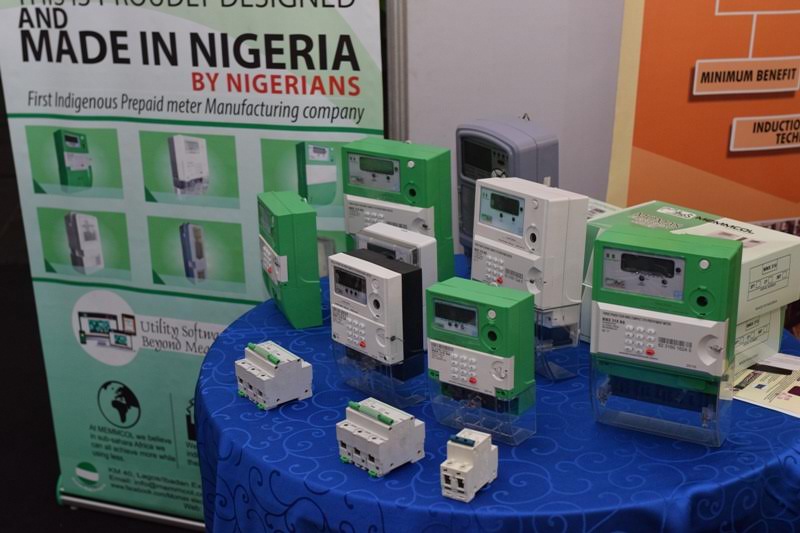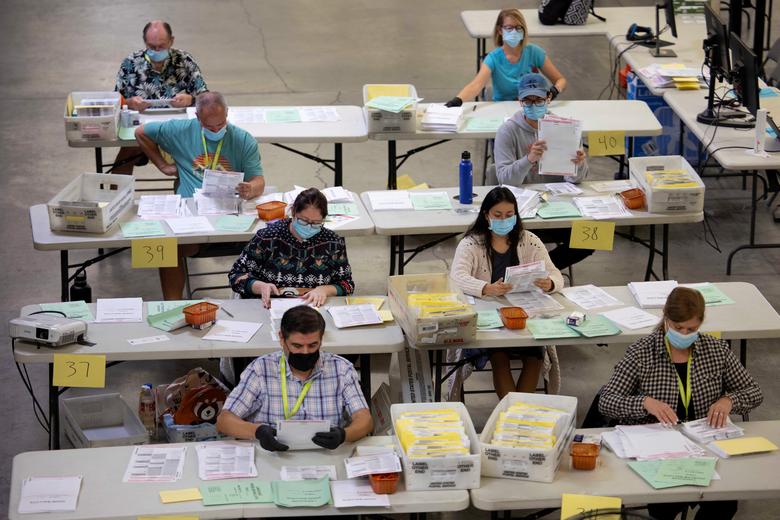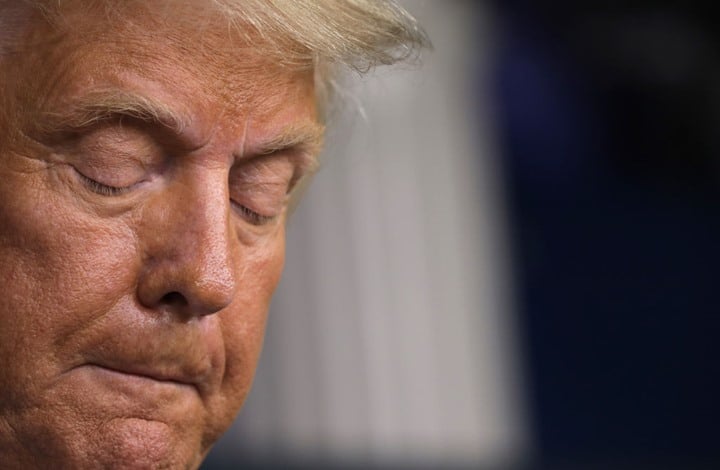The quest by Nigeria to transform its economy from one dominated by export of primary resources to an industrialized one, with a diversified source of foreign exchange and government revenues, began after independence in 1960. In pursuing industrialization, Nigeria adopted state-led Import Substitution Industrialization strategy in the 1960s and 1970s. The 1980s saw the implementation of Structural Adjustment Program (SAP) and the retreat of the State. The trend since the new millennium has been towards privatization of State-owned firms and Import Substitution Industrialisation, with some government support for the private sector. If wishing to diversify the economy is all it takes to achieve economic diversification, Nigeria will have been an industrial powerhouse decades ago. Alas, wishing is not enough, focused policies and interventions are required if Nigeria is to realise its ambition for a diversified economy.
One of the enduring “stylised facts” of economic development is that structural change – the movement of labour from low productivity sectors (e.g. agriculture) into higher productivity sectors such as manufacturing – is a key driver of economic growth. Nigeria is yet to experience major structural change as agriculture and services (informal and formal) employ around 91% of Nigerians and account for 77.8% of real Gross Domestic Product (GDP) in 2019, with manufacturing accounting for only 9% of real GDP in 2019. Indeed, manufacturing as share of GDP peaked in the eighties, on the back of State led investments and has been below 10% since 2003.
Another advantage of manufacturing is that it plays an important role in increasing the productivity of agriculture and services by creating productivity enhancing tools and inputs. Importantly, diversifying to manufacturing reduces the macroeconomic risks associated with over dependence on volatile commodities for government revenue and foreign exchange. It is for these reasons that Nigeria has been trying for decades to increase the share of manufacturing in GDP and its contribution to foreign exchange earnings with little success.
A nation can decide to influence the decisions of entrepreneurs through industrial policies, which can be achieved by either supporting or challenging them. Challenging entrepreneurs requires setting targets that entrepreneurs have to meet before they qualify to access scarce resources such as cheap credit and protected markets. Supporting them entails providing resources and access without targets. Import Substitution Industrialization strategy supports entrepreneurs without challenging the firms to improve performance and competitiveness. Washington consensus, on the other hand, challenges the firms but offers no support. A major lesson from the Asian success stories is to combine the two; incentives need to be followed by discipline, as providing either support or challenge alone often fails.
Advertisement
The combination of high challenge and high support takes on the challenge of integrating into the global economy. In return, it requires support such as access to subsidized credit and tax incentives for training to cope with the intense competition. Japan, Korea and recently China have implemented export led growth strategy with high support tied to exports. Another advantage of export orientation is that it forces firms to compete, which leads to increase in efficiency and innovation. The resulting better products and lower prices leads to greater market share, higher savings and increasing investments, leading to sustained economic growth. Nigeria, on the other hand, has adopted Import Substitution Industrialization (ISI) strategy, providing firms with access to the domestic market by restricting or banning imports, access to cheap credit and tax incentives not tied to exports or other metrics such as number of jobs created.
One of the disadvantages of ISI is that it leads to investments in capital intensive industries where most developing countries have no comparative advantage. This results in expensive products for the domestic market, denying the country the savings and investments required for capital accumulation and sustained growth. The lack of external competition in the ISI strategy also means firms are under no competitive pressure to improve their products and technology, leading to obsolete products. Once the economy is forced to open up, these protected industries usually collapse under the relentless pressure of foreign competitors.
Furthermore, by looking only inward under ISI, the country forgoes the large world market for a smaller domestic market. When a country is poor, like Nigeria, the large world market provides opportunities to sell to a bigger pool of richer consumers, thereby increasing the firms’ revenues and eventually profit and investment. Nigeria is fortunate enough to have a large domestic market and by adopting external orientation, Nigerian firms will still have access to the domestic market, while benefiting from the competitive pressure exports create.
Advertisement
It should be noted that sustained economic growth entails a structural transformation of the economy, from one dominated by agriculture to one by manufacturing, from a rural workforce with low productivity to an urban one employed in higher productivity jobs. This transformation is also a result of competitive pressure, which ISI tends to suppress. Consequently, a number of countries that practised ISI experienced some growth initially, but it eventually petered out due to lack of competitive pressures to force firms to upgrade their technologies and products.
Finally, and more importantly, recent experiences have shown that, notwithstanding large domestic markets (e.g. China), export orientation has delivered better results. Two African success stories in transiting from agriculture to manufacturing, Mauritius and Tunisia, also adopted export-led manufacturing growth. Perhaps, it is time for Nigeria to try the export led model.
Manufacturers usually cite lack of quality infrastructure (electricity, roads and ports), poor access to credit, high interest rates and regulatory over reach by all tiers of government as their biggest problems in scaling up production. Recently, I experienced first-hand what it takes to start a major project as the project team was repeatedly chased away from site. It took the intervention at the highest level to get the Local Government off our backs.
So, what policies and projects can be implemented to enable made in Nigerian products exploit the opportunities offered by the African Continental Free Trade Agreement (AfCFTA) and make them global household names?
Advertisement
A quick win that will help made in Nigeria goods to become more competitive is for the Central Bank of Nigeria to reconsider the current fixed exchange rate regime. There has been an increasing necessity to devalue the Naira sharply due to sudden drop in crude oil price in the last five years. Such large forced adjustments adversely impact inflation, consumption and investment. Furthermore, an over-valued exchange rate is incompatible with manufacturing export led growth and discourages Foreign Direct Investment. The Naira has to be competitive against other currencies and preferably slightly under valued for Nigerian manufactured goods to be competitive. Another advantage of a slightly under valued exchange rate is that it discourages imports of non-essentials that are also manufactured locally. Furthermore, a competitive exchange rate is more effective in reducing imports and curbing smuggling than border closure. It also costs less. Finally, a slightly under valued Naira will create the expectation of an appreciating currency in the future and not a depreciating currency. This will make the Naira more attractive to hold and less prone to speculative attacks.
Access to credit has significantly improved in the last one year and interest rates have also dropped. For example, credit to manufacturing at the end of December 2018 was N2.23 trillion representing 14.7% total banking credit. This increased to N3 trillion at the end of May 2020, an increase of 34%, and represents 16.1% of total banking credit. However, this increase needs to continue due to the recent devaluation of the Naira and considering that most manufacturers borrow to procure foreign equipment dominated in dollars. The CBN should also consider providing its cheap funding to only manufacturers that export products.
The infrastructure gaps affecting manufacturing productivity are significant and will be impossible to fix all at once due to lack of funds and the fact that large infrastructure projects take four or more years from start to finish. Therefore, there is a need to prioritize projects. Roads leading to and inside industrial clusters and access roads to ports should be given priority.
Electricity Transmission and distribution infrastructure in industrial clusters should be prioritized and fixed within the shortest possible time. During the day, electricity should be first provided to industries first before other commercial and residential areas. The current electricity pricing regime where manufacturers and other commercial users subsidise residential users should end. Residential consumers consume the most power in Nigeria and pay a lower tariff. In most countries of the world, the reverse happens. Nigeria should adopt this sensible approach of providing power at a lower price to industries (productive base) than to residential users.
Advertisement
Large manufacturers in gas infrastructure corridors have moved to gas powered generators rather than diesel powered to meet their energy needs. Unfortunately, the price of gas to Nigerian manufacturers is very high and is presently more than twice the international price. This is another disadvantage Nigerian manufacturers can do without. The Ministry of Petroleum Resources is presently reviewing the Gas Pricing Framework and should be encouraged to provide a lower and more competitively priced gas to manufacturers. This will reduce operating costs and make Nigerian goods more competitive.
The two biggest manufacturing subsectors are food and beverages (46% of manufacturing) and textiles, apparels and footwear (22%). Nigeria needs to attract more investments in textiles, apparels and footwear for export and other labour-intensive light manufacturing (electronics, household goods, motorcycles and tricycles). Motorcycles and tricycles were the 4th biggest imports in 2019, with imports valued at N453 billion. Therefore, attempts should be made to convince major manufacturers of motorcycles and tricycles to locate a plant in Nigeria, since Nigeria is now a big market for such products. This makes more sense, given the lower level of investment to set up such plants and the huge market for cheap means of transportation in Nigeria and neighbouring countries, compared to attempting to attract Toyota or General Motors.
Advertisement
Finally, the Ministry of Industry, Trade and Investment should be strengthened to enable it truly drive Nigeria’s industrialization. The private sector has to be at the heart of the industrial drive, which requires the Ministry to work with State Governments to reduce regulatory over reach by all tiers of government to the barest minimum. The next major task of the Ministry is to draft a comprehensive industrial strategy, which identifies Nigeria’s comparative advantages in manufacturing, designs industrial policies that align with export led manufacturing strategy and articulates ways to attract investments by Nigerians and foreigners into the country. Above all, the strategy must accept the necessary trade-offs and choices as Nigeria cannot develop every industrial sector at once.
As argued previously, agriculture is the starting place for transforming the Nigerian economy, while dynamic export led manufacturing is the next step and will provide the required push for Nigeria to fulfil its potential for economic greatness. The hope is our leaders will seize the opportunities provided by AfCFTA, the rising cost of Chinese manufacturing as China moves up the economic ladder and the energy, resourcefulness and resilience of Nigerian entrepreneurs, to make Made in Nigeria a successful global brand.
Advertisement
Amina Ado is the Founder of Sana’a da Ilmi Foundation, a non-profit dedicated to improving the quality of public education
Advertisement
Views expressed by contributors are strictly personal and not of TheCable.







